What It's Like To Drive A 1971 Mercedes 600 Pullman
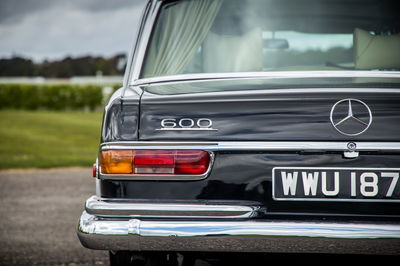
Pros
Cons
My heart sinks as I discover that the very first thing I’ll need to do after taking to the wheel of a Mercedes ‘W100’ 600 Pullman is perform an extremely awkward three-point turn. Oh, and said manoeuvre needs to be done amidst a sea of expensive exotics. And some large, ill-placed plant pots.
One twist of the ignition key later, and the M100 6.3-litre V8 awakes and rumbles away at idle. Using the steering column-mounted gear selector, I engage what I think is one of the forward gears, gingerly lift off the brake pedal, and gently move backwards. Turns out the gear indicator on the dashboard isn’t awfully accurate.
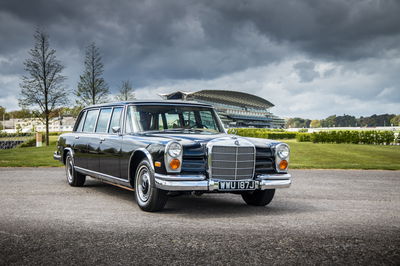
Shifting the lever to the correct position, the whole car jiggles around as the four-speed automatic gearbox shifts cogs. Then begins a slow, gentle shuffle to extract the ‘Großer Mercedes’ (Grand Mercedes) from its spot. At 6.25-metres, it’s not far off as long as a modern S-Class Pullman, and nearly as wide, but without the modern crash structures we’re used to. As such, it feels vast in here. This being before the widespread adoption of inertia reel seatbelts, I strap in a manually adjustable belt that doesn’t look like it’ll help much in the event of a crash.
The first drive will be a short one, with a planned stop at the far side of Ascot Racecourse to take some photos. En-route, I can’t resist fiddling with all the power-assisted stuff, which operates in near silence, in amusing contrast to the very loud horn. Rather than using anything as ghastly as electronics for things like the windows, sunroof and the glass partition, the 600 has a high-pressure hydraulic system. A far classier and more refined setup than motors, but I’d rather not think about how much the system costs to sort when it goes wrong.
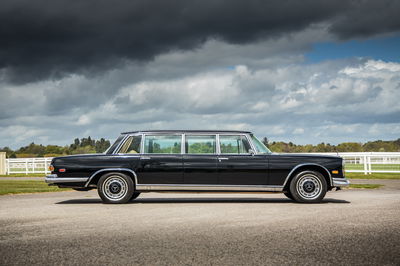
Photos taken, its time to take the Pullman out on the road, but there’s a problem - it won’t fire back up. There isn’t a peep from the starter motor, so I have to sit tight and await assistance, giving me plenty of time to think about the sort of person who would have bought one of these back in the day.
The owners represent an exclusive bunch of people since only 304 Pullmans were built between 1963 and 1972. The list of current and former owners is a mix of rock stars, politicians, royalty and despots. Highlights include Pete Townshend, King Hassan II of Morocco and Idi Amin. In fiction, meanwhile, James Bond nemesis Blofeld had one. We can see why - there’s something brilliantly menacing about these cars, exuding the importance of whoever’s sitting inside.
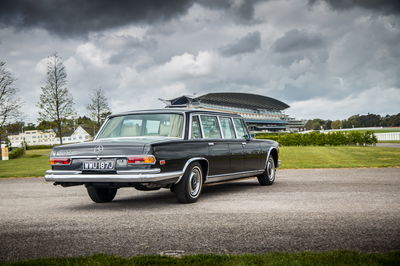
Thankfully, it turns out I haven’t broken an exceptionally rare and very expensive Mercedes. An inhibitor switch was stopping the car from firing into life, meaning I must have turned it off in drive. We can thank that less than accurate gear indicator for the stoppage, but with the V8 gargling away once more, I can finally take to the road.
The gearbox is an odd one, with no normal ‘drive’ mode. Instead, you can leave it in either ‘2’, ‘3’, or ‘4’, which will hold the four-speed transmission in a particular gear once you’re travelling fast enough for it to be engaged. The engine driving this ‘box is an important piece in Merc’s history that still has relevance today - it’s the reason modern V8 AMGs are generally referred to as 63s even though none have used 6.3-litre engines.
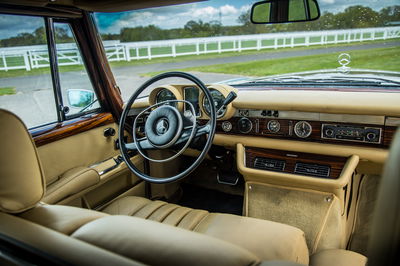
Mercedes went on to stuff the M100 into the smaller, lighter frame of the W109 to create its first super saloon, the 300SEL 6.3. Later, it’d be bumped up to 6.9 litres for the 450SEL. The 245bhp engine has a much bigger-boned car to punt around here, of course, so performance is a little more relaxed.
Putting your foot down seems to result in a reasonable increase in noise, but not a whole lot else. Eventually, 60mph is reached, bringing with it quite a lot of wind noise. No doubt in the 70s the 600 was thought of as whisper-quiet, but soundproofing has moved on considerably since then. It is, however, relaxing, with the air suspension giving a sublime ride that seems to iron out the worst this particular piece of tarmac can throw at it.
The brakes are much better than expected, although I shouldn’t be surprised. The Pullman has disc brakes all round with vacuum servo assistance at either end, making for decent stopping power and a nicely progressive brake pedal. Handy, as you don’t want to be relying on weak stoppers when you’re hurtling towards a roundabout in a 2.8-tonne stretched limousine.
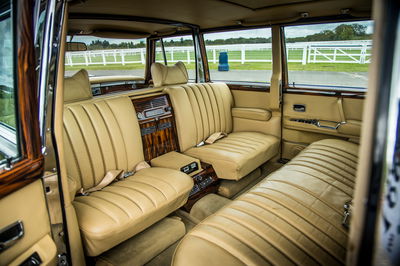
The air springs keep the car reasonably flat when cornering, but care still needs to be taken when the going gets bendy. You do quickly get used to the sheer size of the car, though.
For the last part of the trip, I borrow someone to take over driving duties and enjoy the opulence of the rear passenger compartment. Restored in 2016, the extensive leather and woodwork look near enough factory fresh. The soft bench seating is something you sink into like a comfy, old bed, leaving you looking at a pair of backwards-facing chairs that are equally squishy.
This is said to be the only 600 Pullman to get ‘conference’ seating like this, with the rear-facing seats separated by a wood-panelled cocktail cabinet. Obviously. Other accoutrements in the back include a separate eight-track cartridge slot (in addition to the one up front), and blackout curtains for when you’d rather not be seen by the proletariat.
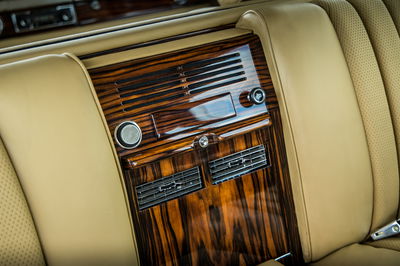
Handing the car back, I’m relieved. Along with being incredibly rare and special, surviving Pullmans are also enormously expensive. This one is expected to fetch somewhere between £280,000 and £330,000 when it goes under the hammer on 15 May via Historics at Ascot Racecourse (we also drove a Lotus 340R, a Japanese-imported Mercedes C55 AMG and a Ferrari 458 from the same auction - more on those soon).
That’s roughly double the original price when adjusted for inflation. Reasonable appreciation, but unlikely to be anywhere near enough to offset the substantial running costs over the years. It wouldn’t be too far up my list if I happened to have a spare £300k to blow on an older car, but in terms of pure class and intrigue, I’m not sure there’s a better way to blow that figure.

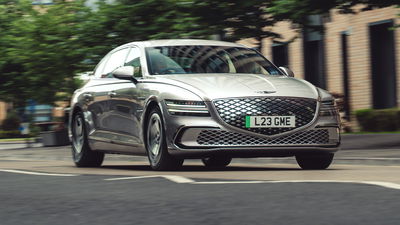













Comments
No comments found.